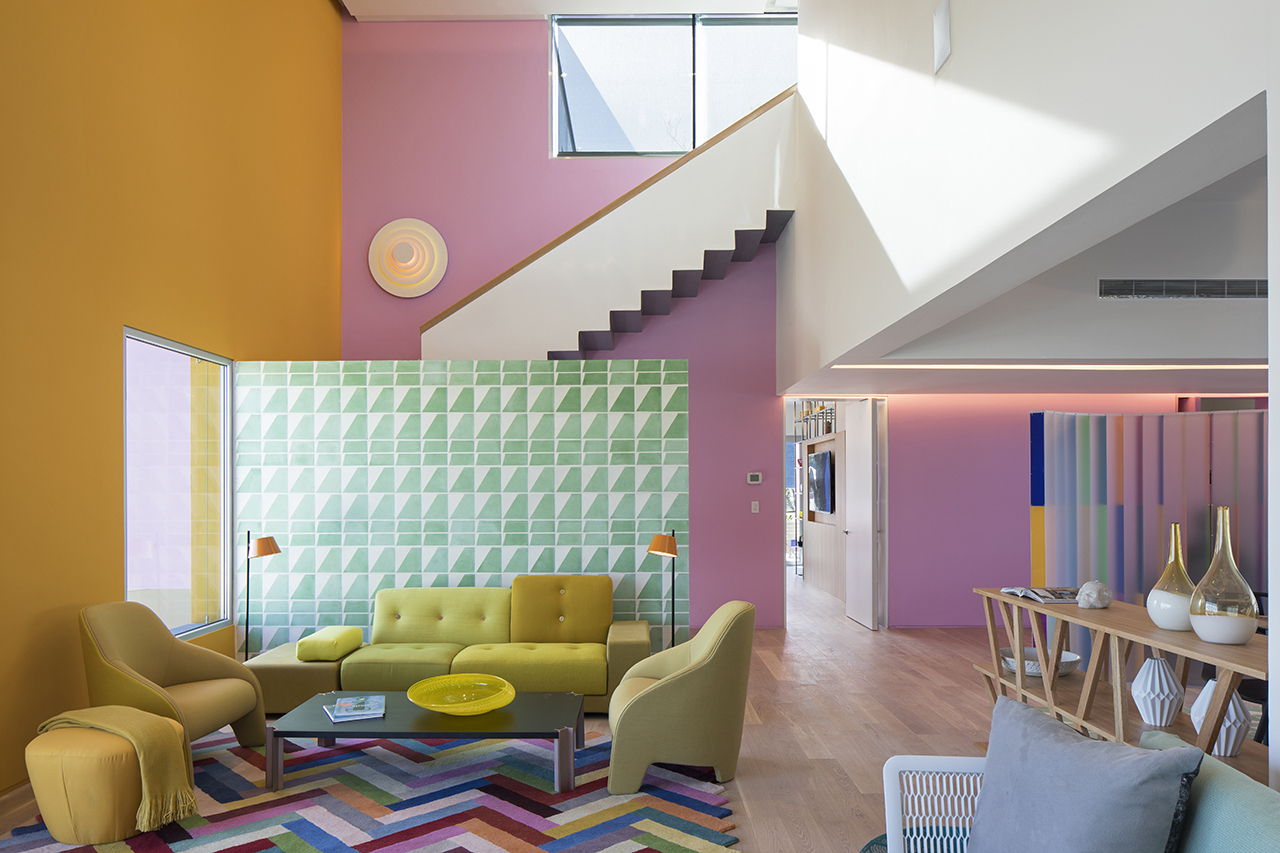Different Ways of Applying Color to Furniture
Color plays a significant role in the world. Partly because of the significance attached to each hue, the use of color in architecture – especially in interiors – changes the ambiance of each project. In commercial establishments, color has a considerable influence on highlighting a given brand, and in homes, it can reflect the resident’s personality and complement the language adopted in the project. This exploration can take place directly in the tectonic object (architecture) through the surfaces that constitute the building, or it can take advantage of mobile elements, easily changeable.
If colors can evoke specific emotions and those emotions can change, it might appear simpler to ‘change’ a sofa or wardrobe rather than reupholstering. However, there are exceptions to this general idea. Colored furniture provides a more dynamic option for experimenting with color. In terms of design, the choice of colors applied to furniture can create distinct effects, drawing from artistic principles or specific cultural influences and reflecting the prevailing aesthetic values of the era. Additionally, the scale of the furniture in relation to the surrounding environment also plays a role in the versatility of color in design, influencing various effects.
 Picture: Adrián Llaguno
Picture: Adrián Llaguno
Comments :